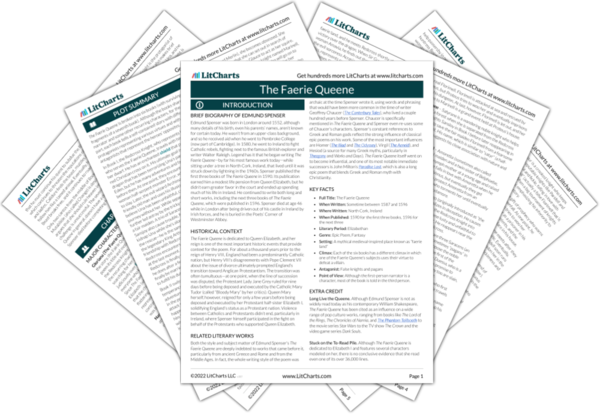AI ToolsNew
Tools to make learning and teaching easier
|
Previous
Book IV: Canto VI
|
The Faerie Queene: Book IV: Canto VII Summary & Analysis |
Next
Book IV: Canto VIII
|


Upgrade to unlock the analysis and theme tracking for all of The Faerie QueeneThe Faerie Queene!
Get LitCharts A+